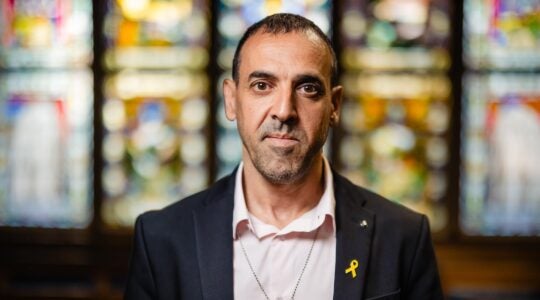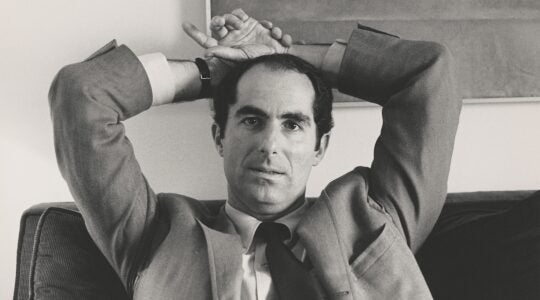We pride ourselves on being “the people of the book,” though literacy in our sacred texts increasingly eludes too many of us. Perhaps no holy book in the Jewish canon has been more impenetrable than the Talmud, with its encyclopedic scope, elliptical layout, jazz-like literary free form, esoteric legalities and a musical but muddled dead language — Aramaic — at its core, let alone the lack of punctuation.
And yet, the study of the Talmud has become expected of everyone from children in elementary school to older folks trying to jump on the Daf Yomi (“Page-A-Day”) express.
To master the Talmud is so monumental that its obstacles, like Marine boot camp, have become points of honor if survived. Such pride is placed on the reader’s survival, that the yeshiva “band of brothers” have decided that the obstacles — some hardly holy in and of themselves — should remain as an obstacle for every generation, as if one must cross the spectacularly beautiful Rocky Mountains in a Conestoga wagon or not ever see them at all.
Students who’ve been saved by Soncino’s English translation, or those who delight in the more recent ArtScroll translations, know true gratitude. And this Sunday, Nov. 7, declared “A Global Day Of Learning,” our communal appreciation extends to Rabbi Adin Steinsaltz, who concludes what may be the centerpiece of a magnificent life’s work: a 45-year translation of the Talmud that not only brings sight to the Talmudically blind, but his own unique touch and sense of reinvention, even rethinking what the Talmud page should look like.
Most of all, Rabbi Steinsaltz, through his Talmud, has become that perfect friend that the Talmud student craves. Through his work, parched students are being irrigated with a master’s clarity. His is a celestial achievement that brings holiness to him and the Talmud to us.
The New York Jewish Week brings you the stories behind the headlines, keeping you connected to Jewish life in New York. Help sustain the reporting you trust by donating today.




